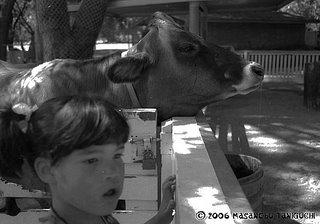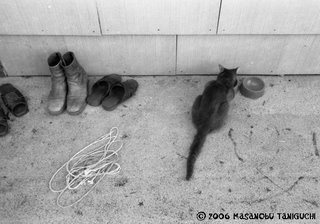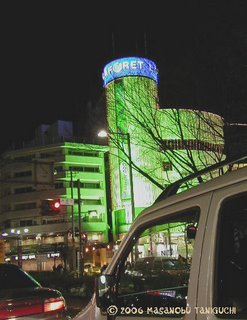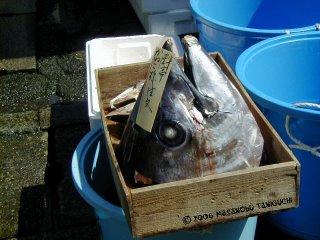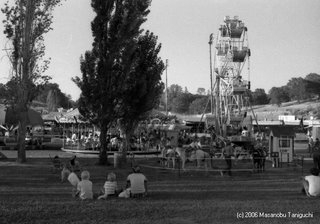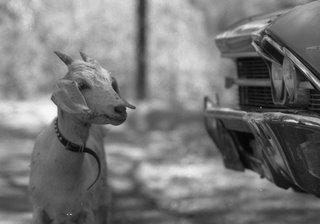I am on a plane flying from Asahikawa, Hokkaido, back to Tokyo. My wife and I attended the Seicho-No-Ie Public Lecture meeting held in Asahikawa. Although it was too warm and humid in Tokyo, the people in Hokkaido, the northernmost island of Japan, are now enjoying the best season in the year. It is dry and cool with many different blowers blooming.

. The leaves of the trees are bright in the sunshine, and the cherry trees are heavy with their red delicious fruit.
After the lecture meeting, we went to a flower park in Bibai, located on the outskirts of Asahikawa City. the park was literally covered with flowers of so many different colors--sunflowers, lavender, petunias, begonias, digitalis, lupines, marigolds, lilies, and California poppies. We walked slowly by the blanket of flowers, praising their beauty as we took photos here and there. There were many other people doing the same. I realized that they were truly enjoying the sights and we were, too.
As I wrote in my July 12th entry, we are "visual animals." All the colorful stimuli entering my eyes made me feel truly relaxed and happy. It was especially revealing that this took place even after the six hours of work at the meeting. The lecture meeting started at 10:00 am and lasted until 3:00 pm with an hour taken for lunch.
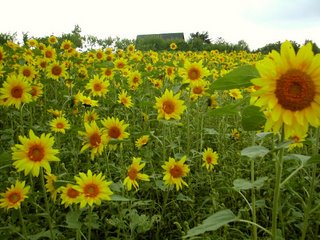
I gave two one-hour lectures for this meeting and conducted a short meditation session as well. Afterwards, my wife and I attended a one-hour meeting with the local SNI leaders. by the time the meeting with these leaders was over, I felt exhausted. But I recharged myself with a glass of cold water then proceeded to the gate of the lecture hall where dozens of people were waiting to shake hands with us. I would say that flowers are man's dearest friends, just as dogs are our oldest. They lift us up and make us feel gentle and loving with their colors, shapes and fragrance.
- MT
